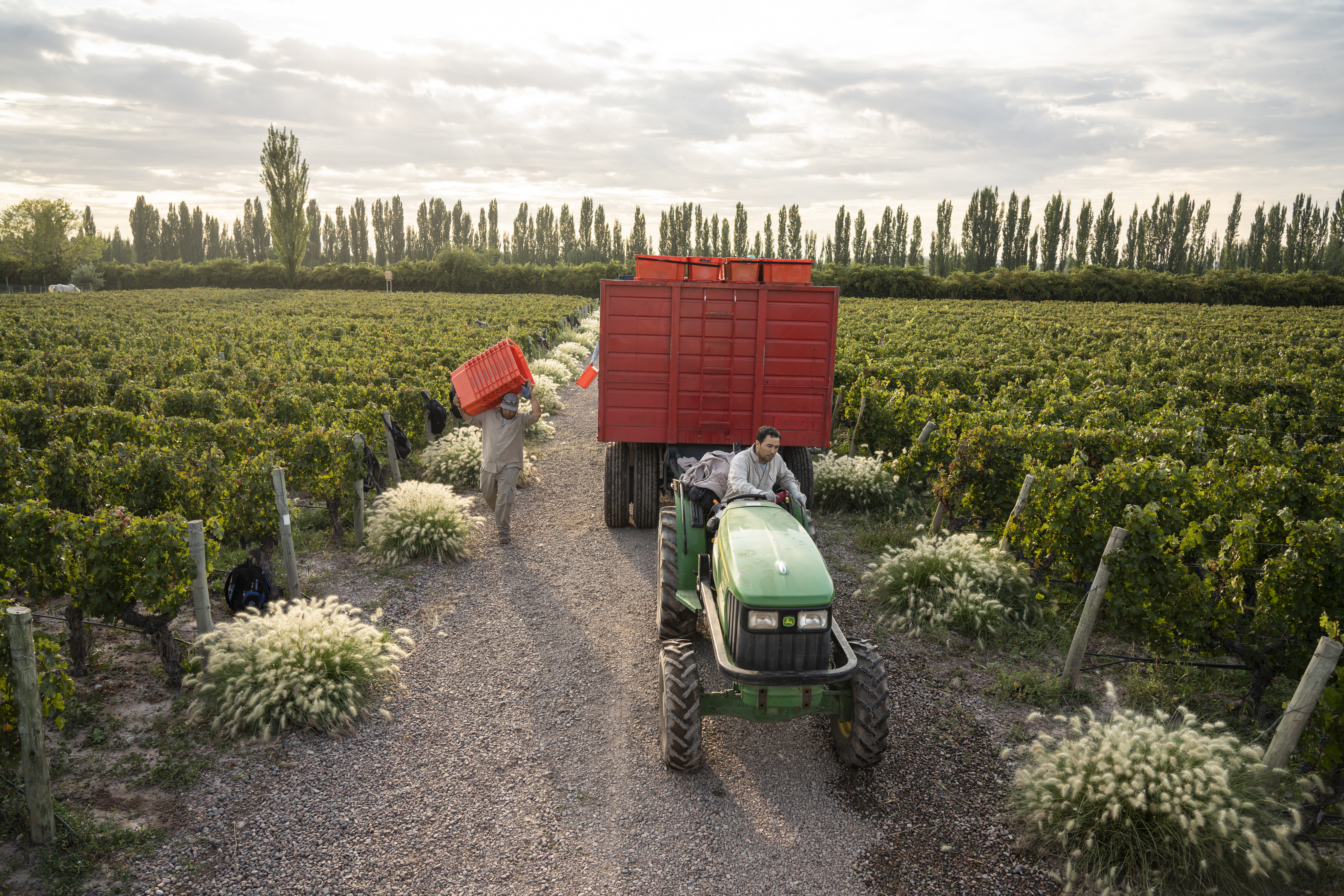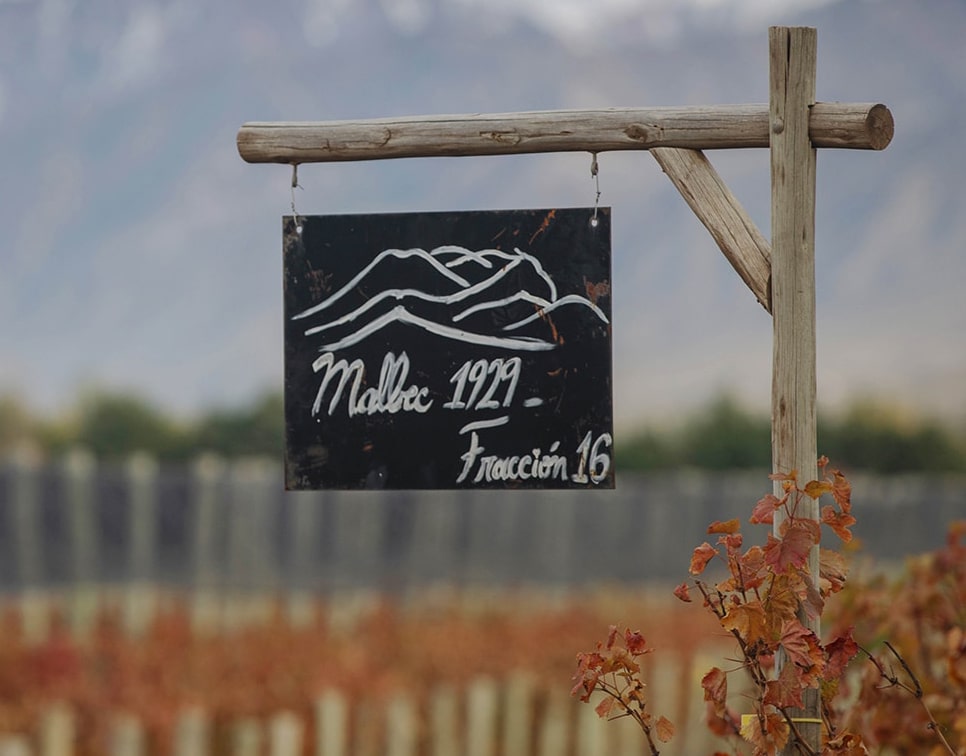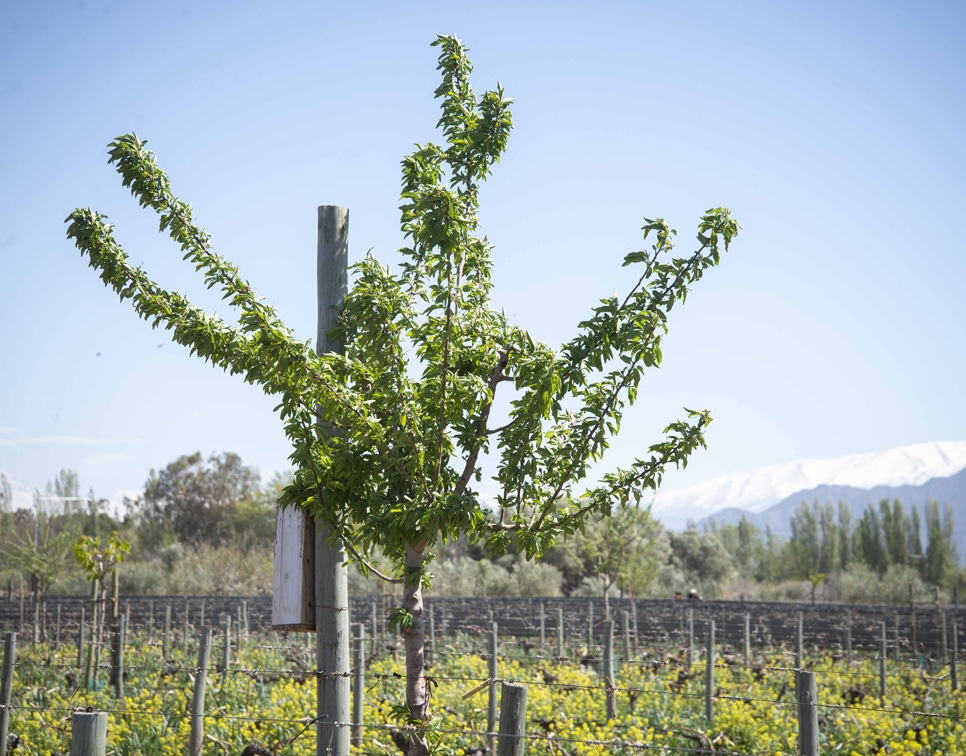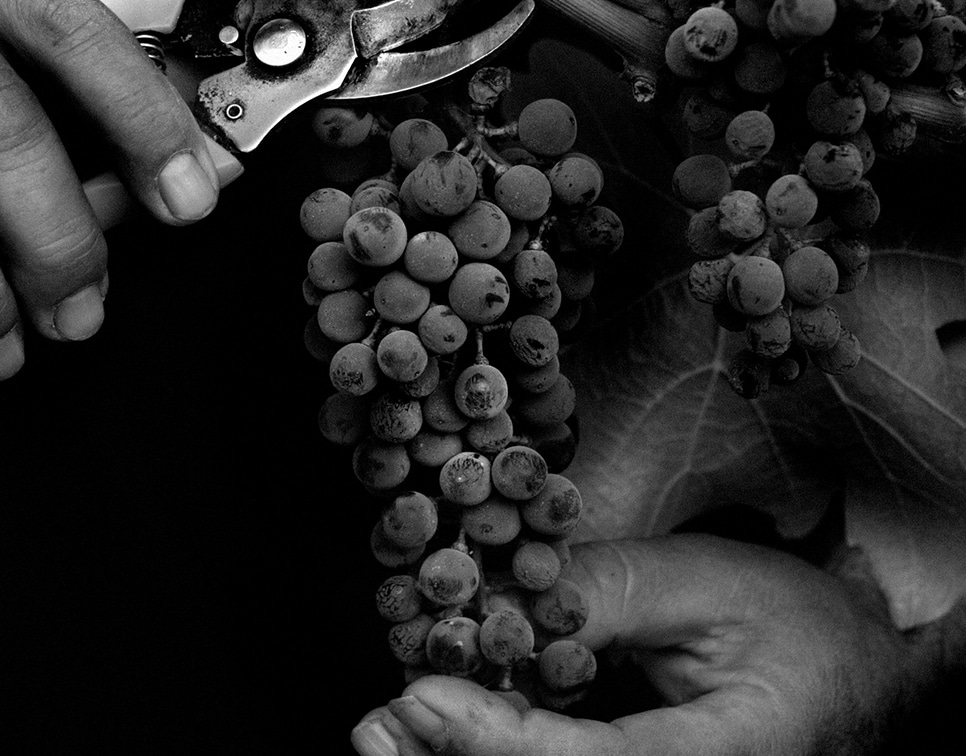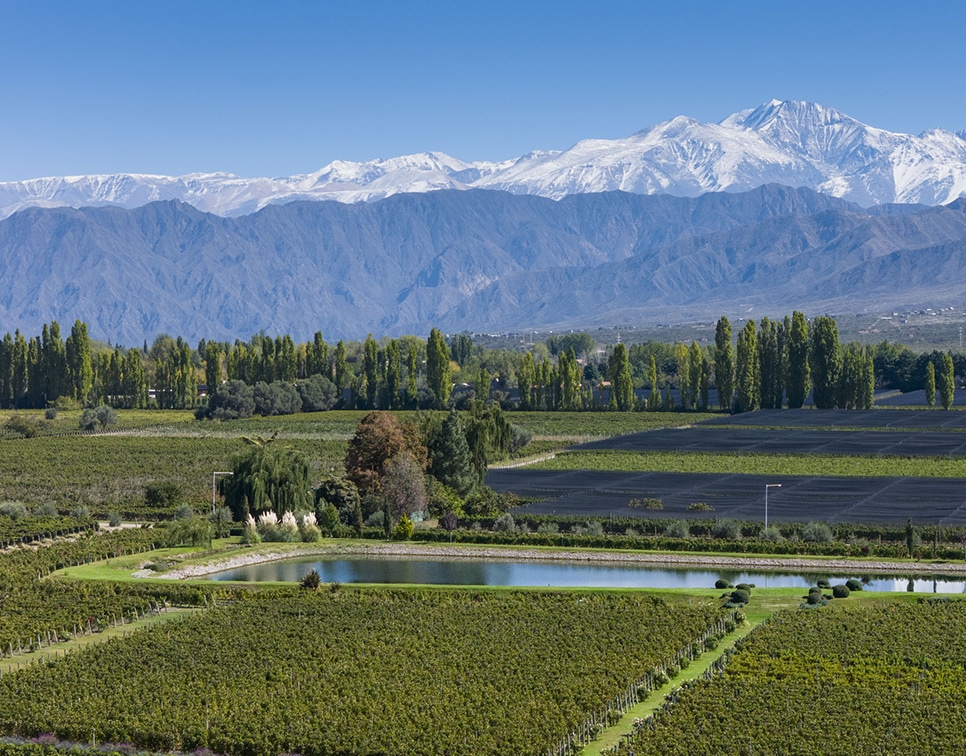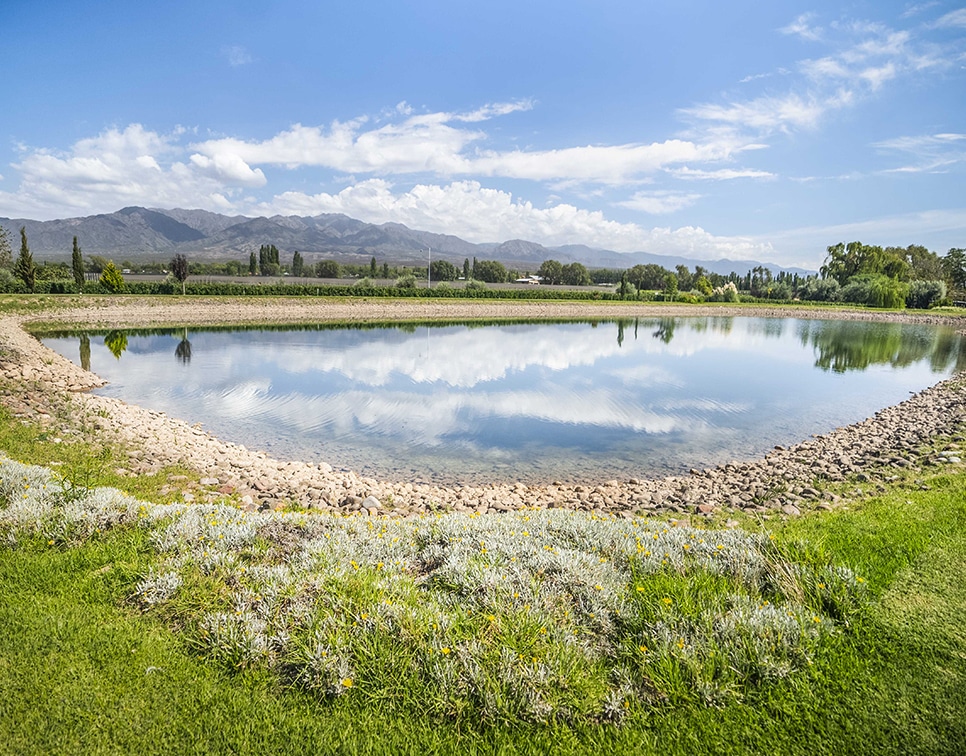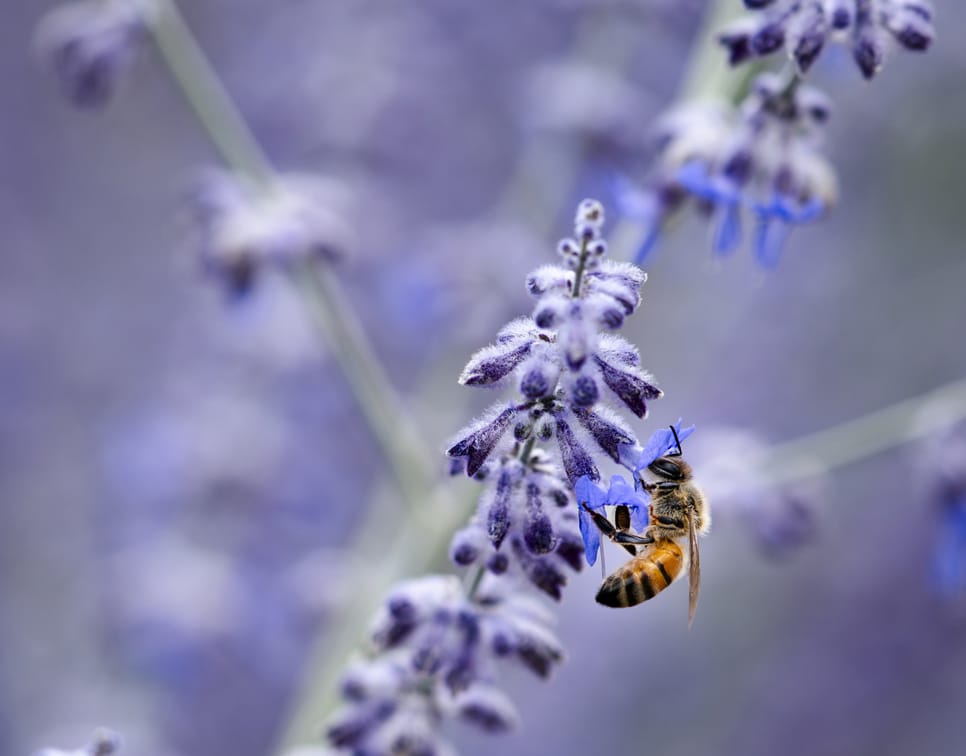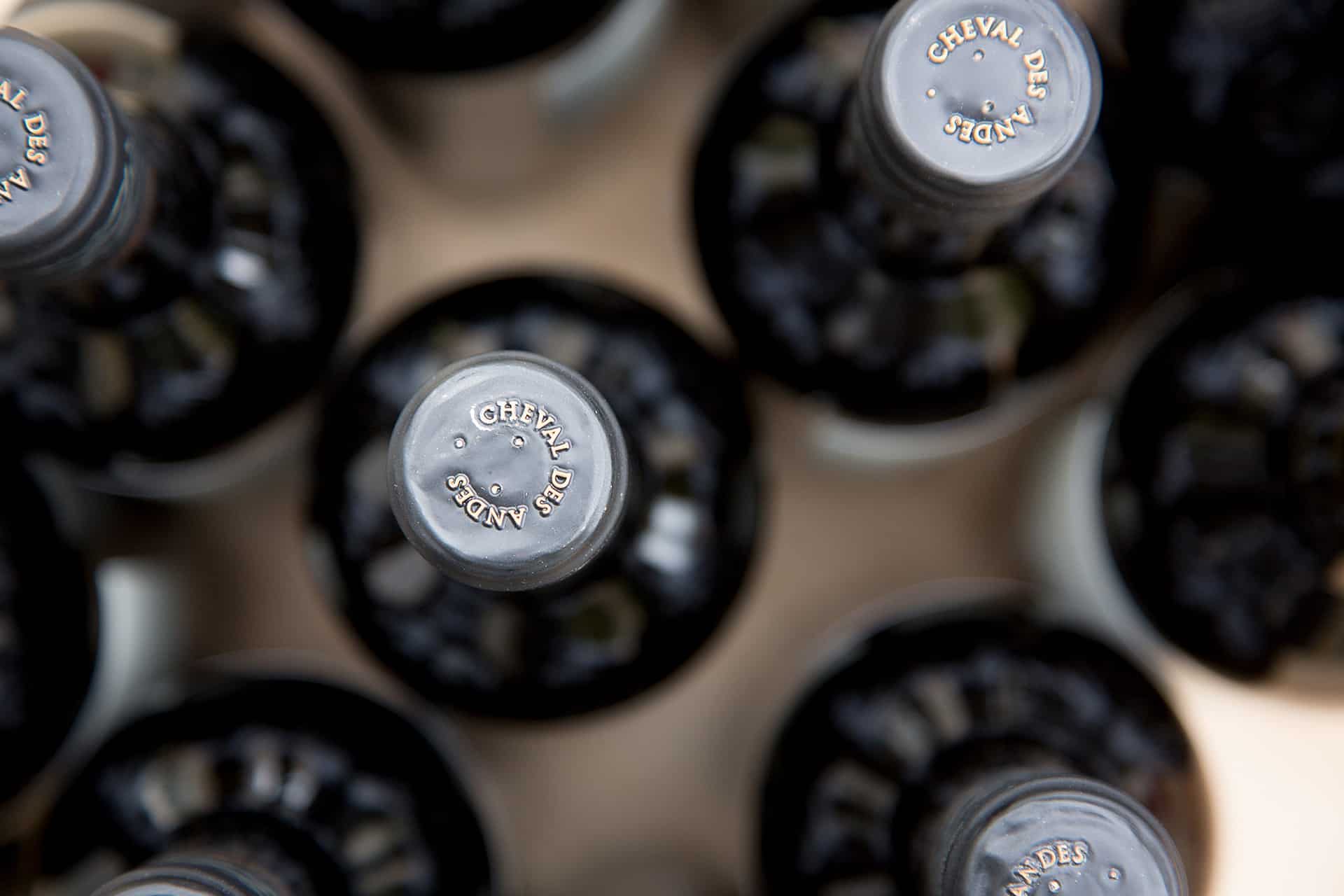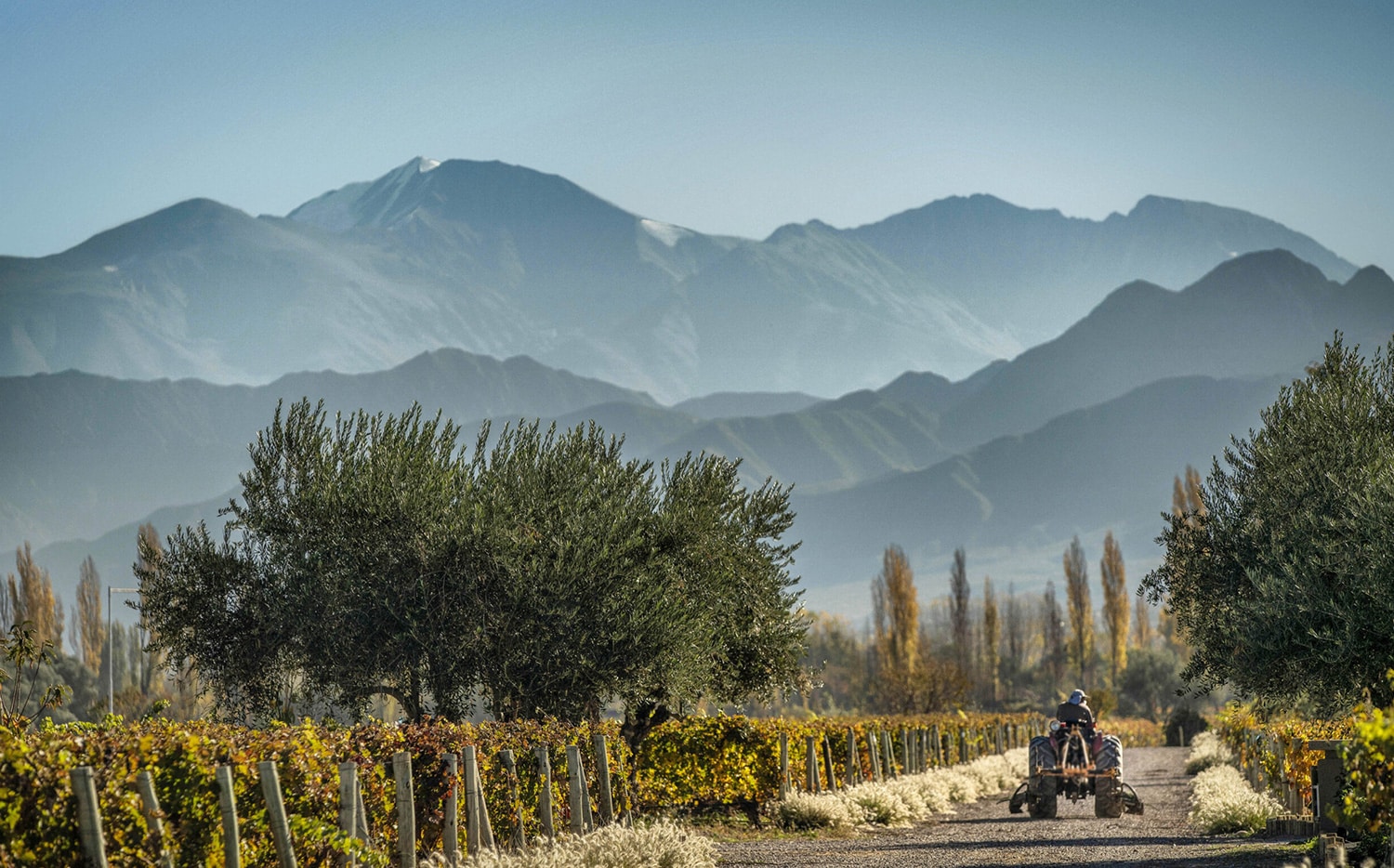
Following the roots of Bordeaux
At the heart of Cheval des Andes is transmission and the heritage, savoir-faire and values passed on from Château Cheval Blanc, which have travelled across both generations and continents from Bordeaux to Mendoza.
The inspiration for Cheval des Andes came from the dream of founder Pierre Lurton to follow the original Malbec vines from Bordeaux to Argentina.
Years ago, Malbec was widely cultivated in Bordeaux and was brought to Argentina in the mid-19th century, only decades before the grape would be decimated in France by a phylloxera epidemic. Today, the only Malbec that exists in Bordeaux has grafted roots, which make it more resistant but also alter its quality. The vines which travelled to the New World over a century ago are ungrafted.
When Pierre Lurton discovered the stunning Malbec vineyard of Las Compuertas, planted in Mendoza in 1929, he was immediately captivated, declaring, “This will be a journey to the roots of Bordeaux.” He wanted to bring yesterday’s Bordeaux wines back to life, reconnecting Château Cheval Blanc with the history of Saint-Emilion.
In 1999, Château Cheval Blanc started a joint venture with Terrazas de Los Andes and Cheval des Andes was born. Since then, a predominantly Malbec, Bordeaux-style blend has become the signature of Cheval des Andes.
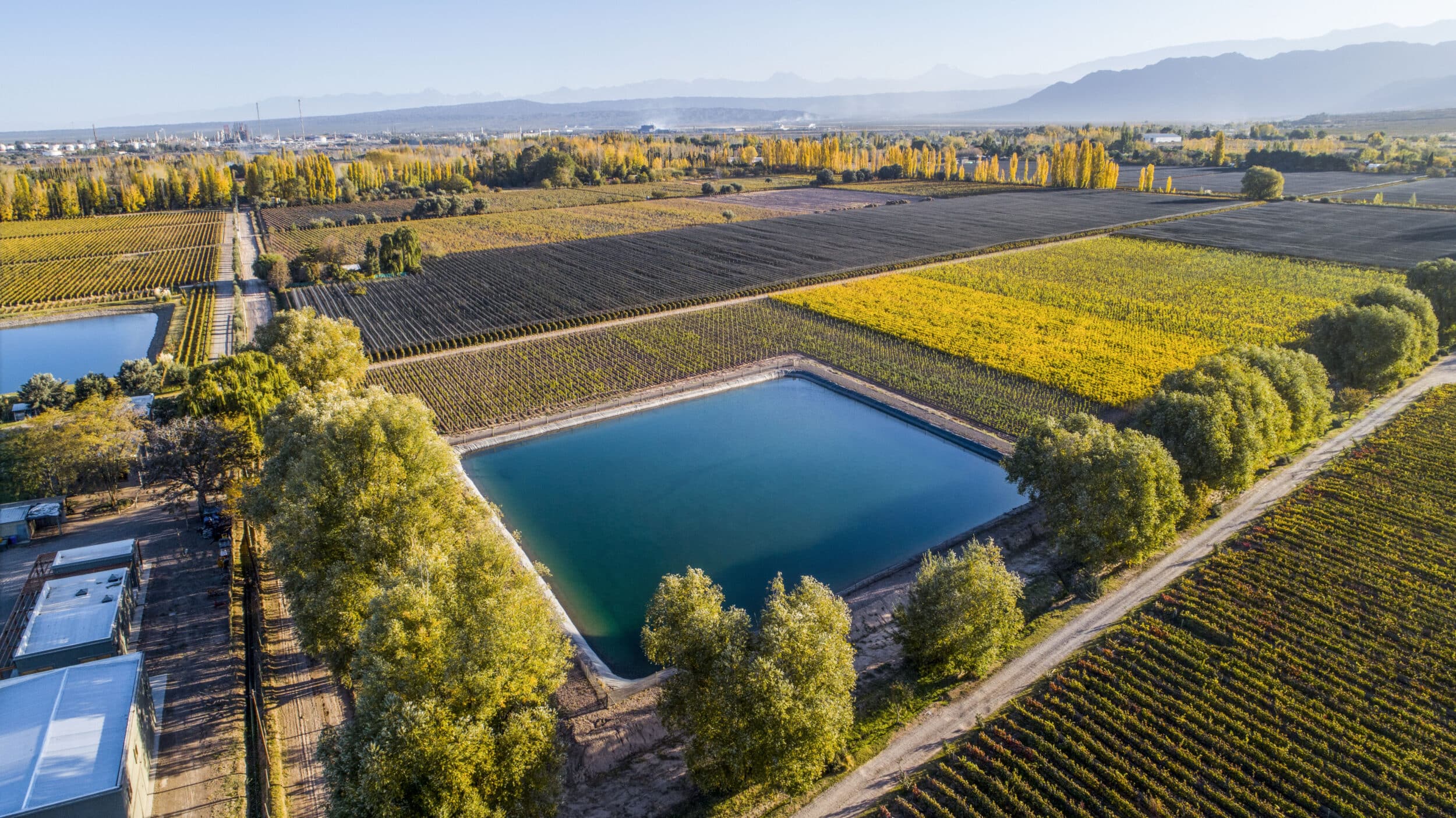
“This will be a journey to the roots of Bordeaux.”
The terroir
Argentina is the world’s fifth largest wine producer and ninth largest exporter, with a cultivated area of more than 200,000 hectares (495,000 acres) encompassing a vast diversity of terroirs, from Salta in the North to Mendoza in the South.
Sharing with Château Cheval Blanc the strong conviction that a great wine begins in the vineyard and, thanks to painstaking year-round care and attention to detail, Cheval des Andes produces its wines entirely from two wholly-owned, high-altitude vineyards: Las Compuertas in Luján de Cuyo, the oldest and most classic winegrowing region of Mendoza, and La Consulta, in the distinguished region of the Uco Valley, further South.
Cheval des Andes has 50 hectares (123 acres) of vineyards. The altitude, topography and soil composition of the vineyards are different.
Las Compuertas lies on gentle slopes at an altitude of 1,070 meters (3,500 feet). It enjoys a unique microclimate with relatively low rainfall, while its altitude allows for a cooler climate with high diurnal temperature variation.
It has alluvial, deep silty-loam soils composed of: sand (36%), limestone (48%) and clay (16%). Stones at 1,5m to 2,5meters depth, which add minerality to the wines. Las Compuertas is not as cool as the Uco Valley and the parts of this vineyard with deeper soil are particularly well-suited for Cabernet Sauvignon because greater depth favours optimum maturity of this varietal. The zones with less deep soils are ideal for producing unctuous Malbec.
La Consulta is located at an altitude of 1,100 meters (3,600 feet). It is characterized by a greater diurnal temperature variation than Las Compuertas. Its alluvial soils are composed of: sand (60%), clay (10%) and limestone (30%). The soil composition results in natural drainage that is good for vine health but also makes irrigation indispensable.
